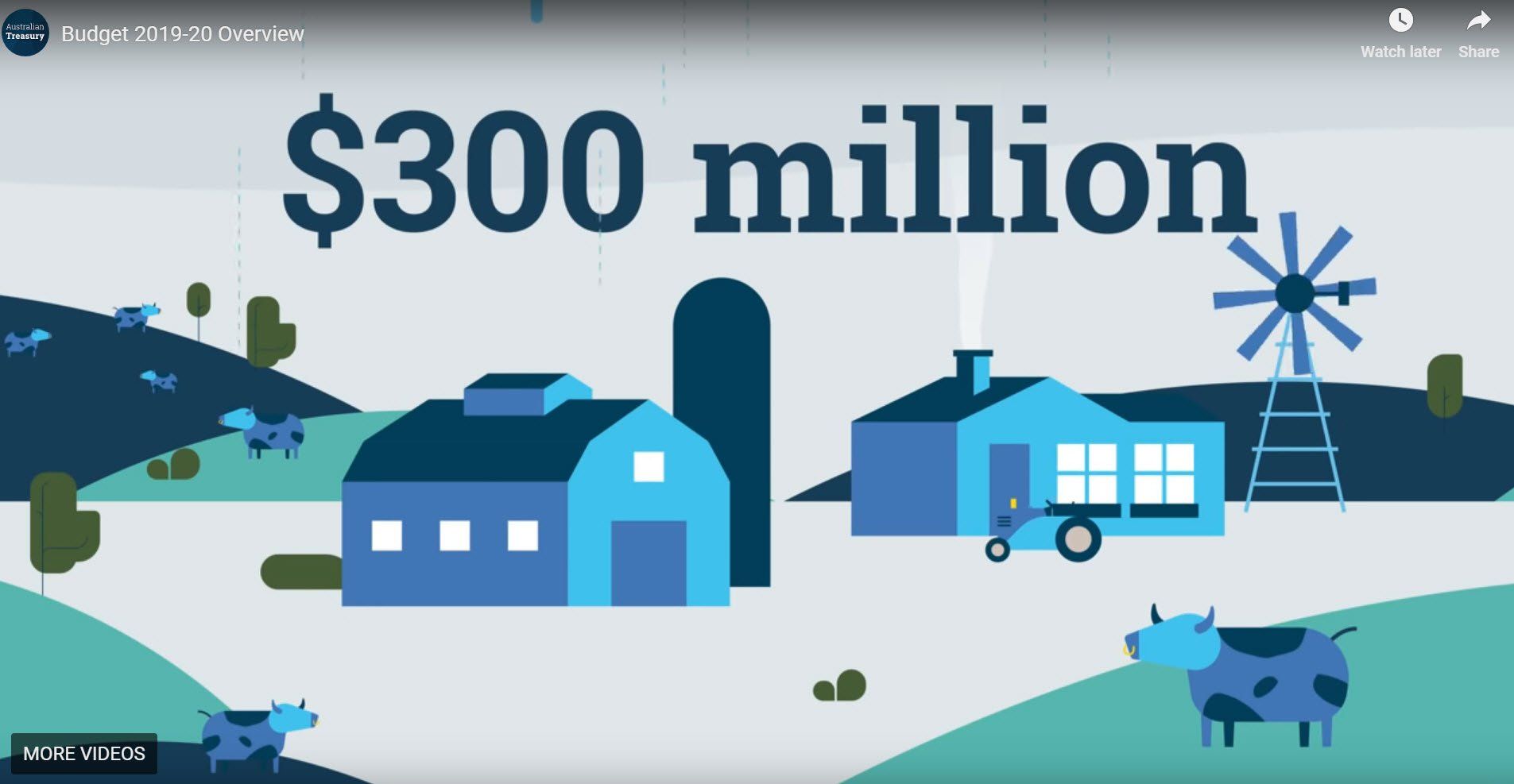1MG FlippingBooks
What’s in the Budget for farmers and rural Australians?
Treasurer Josh Frydenberg announced the 2019-20 federal Budget in Canberra last night, with funding for agricultural stewardship, improved market access for Australian products, asset write-offs for small farm businesses and nearly $4 billion for an Emergency Response Fund to support future natural disaster recovery efforts.
Of course, with an election just around the corner, much of the new measures and funding changes announced in the Budget may not be legislated if the Coalition government is not returned to power. So, while much of the Budget may not ever materialise and should be taken with a grain of salt, the highlights for the agricultural sector included:
- $3.9 billion for a long-term Emergency Response Fund to provide additional resources to tackle future natural disasters
- $160 million for two more rounds of the Mobile Blackspot Program and $60 million to improve the NBN Sky Muster connectivity
- A $34 million Agricultural Stewardship package
- $29.4 million over four years to increase the market access for agricultural exports and ease trade barriers
- The instant asset write-off increased to $35,000 for businesses with a turnover of less than $50 million
- Eligibility for the Farm Household Allowance will be extended
Noticeably missing from the Budget was any action on the much-requested Agricultural Visa and a concrete plan for support for agricultural innovation and broader research and development.
Despite the lack of action on the Agricultural Visa, the National Farmers’ Federation (NFF) applauded the budget for initiatives that support the vision of a $100 billion agricultural industry by 2030.
“We have a vision for agriculture to be a $100 billion industry by 2030,” said NFF President Fiona Simson. “Achieving this goal requires Government to invest now in the areas identified as crucial to our growth.
"As we head into the federal election we need a clear commitment to a National Strategy for Agriculture. We’ll be working closely with all sides of politics to ensure the sensible measures contained in tonight’s budget survive the coming election.”
The reaction was more measured however from the University of Melbourne’s Professor Ruth Nettle, who analysed the budget from an agricultural perspective.
You have to look across the whole budget statement to find benefits for agriculture, and realise these benefits will depend on the detail,” said Professor Nettle. “Overall, there appears a mix of short-term support and a step in the right direction for some of the medium to longer term challenges.”
You can check out the 2019-20 Budget in full by clicking here.

















